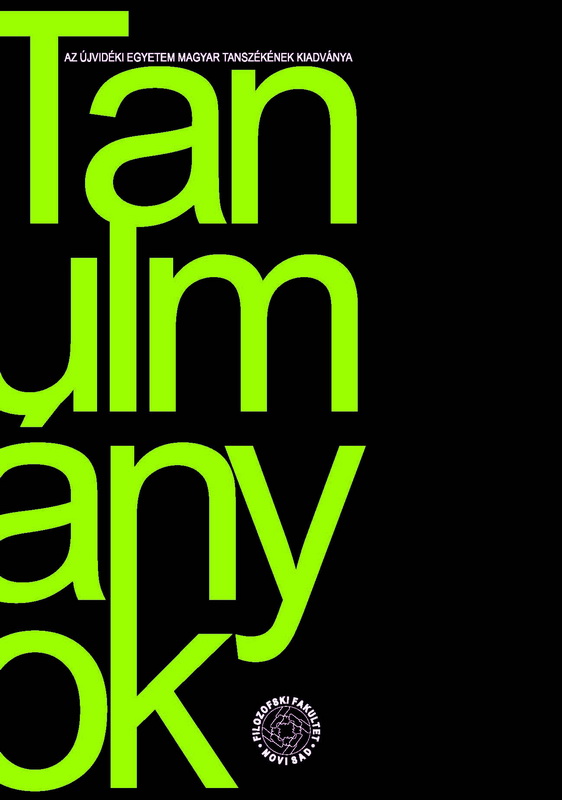A művészet terei Csáth Géza, Kosztolányi Dezső, Milkó Izidor és Munk Artúr prózájában
The Spaces of Art in the Prose Works of Géza Csáth, Dezső Kosztolányi, Izidor Milkó and Artúr Munk
Author(s): Adrienn KárolySubject(s): Studies of Literature
Published by: Филозофски факултет, Универзитет у Новом Саду
Keywords: intermediality; spatial poetics; intertextuality; arts; late 19th and early 20th-century Hungarian literature; Szabadka
Summary/Abstract: This doctoral thesis offers an analysis of the spaces of art present in the selected prose works of four authors from the town of Szabadka (Subotica), writing at the end of the 19th and the beginning of the 20th century: Géza Csáth, Dezső Kosztolányi, Izidor Milkó and Artúr Munk. The subject matter of the research extends to traditional forms of art, such as music, visual arts and architecture as well as two other art forms of modernism; photography and film. Its aim is the exploration and systematization of the diverse intermedial aspects between the different types of media as well as of the appearance of connections related to narrative identity in literary texts. Through the synthesis of the results following the analysis of the prose texts, the literary creative force of the discussed art forms is presented. In light of the text’s mediatory agency, the dissertation studies the question of intermediality, intermedial narratology, and the nature of intertextuality in the texts. Fundamentally, the interaction of the phenomenon of intermediality and intermedial exchange become the main organizing force of the chosen authors’ oeuvre. The doctoral thesis is divided into two thematic units, in which, firstly, the instances and relationship of the different medium transfers (image and text, photo and text, film and text, music and text) of the literary works are presented. The second thematic unit deals with the study of spatial poetics, which is centred on the works of the chosen authors that can be connected to artistic spaces and thematize the town of Szabadka. Through the analysis of the four writers’ novellistics and fictional worlds, studies, critiques, correspondences, diary entries and memoirs, the practical study of the above-mentioned literary factors hopes to explore the literary creative force and mechanisms of the different forms of art and reconstruct the textual spaces of the late 19th and early 20th-century Szabadka.
Journal: Tanulmányok
- Issue Year: 2021
- Issue No: 2
- Page Range: 77-91
- Page Count: 15
- Language: Hungarian

